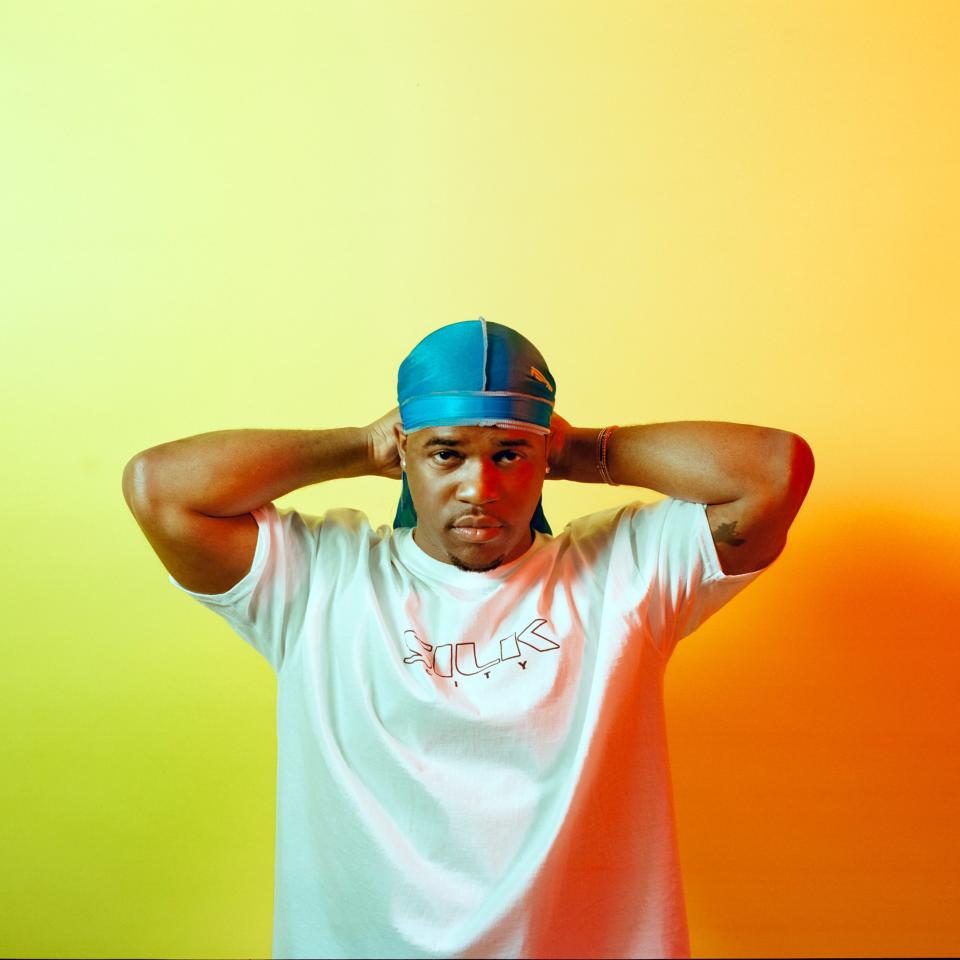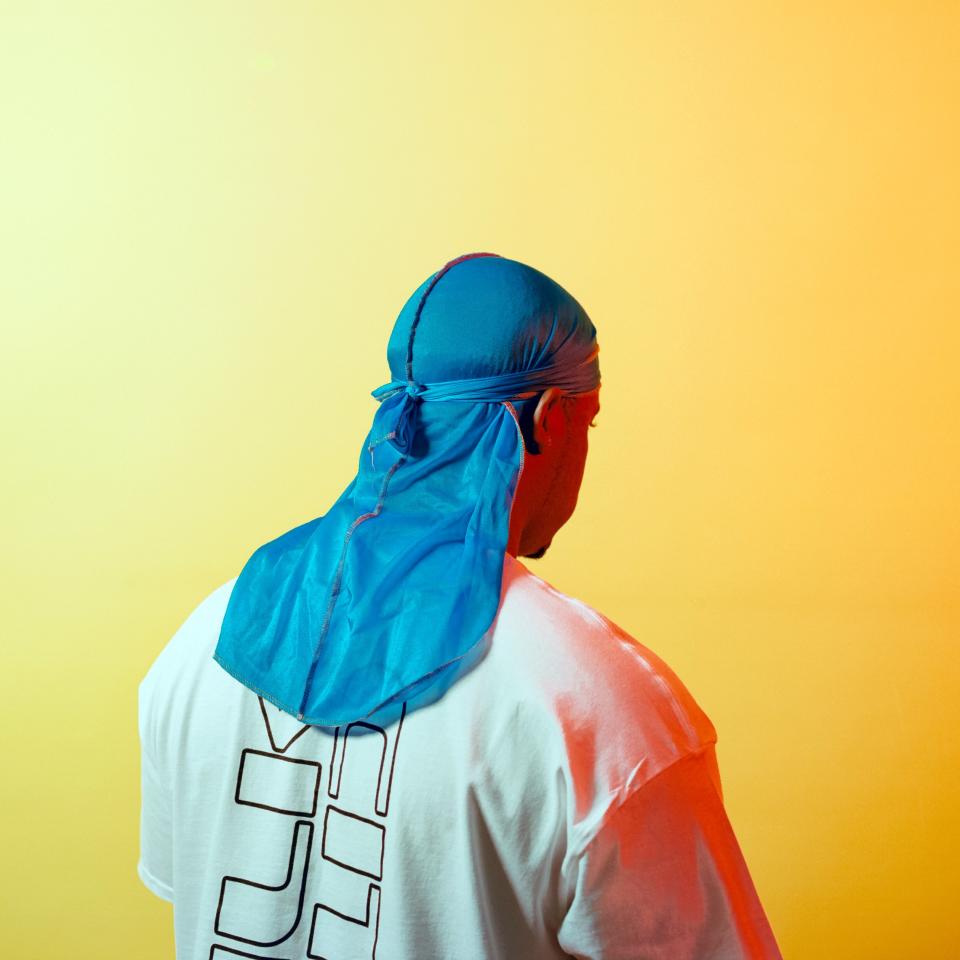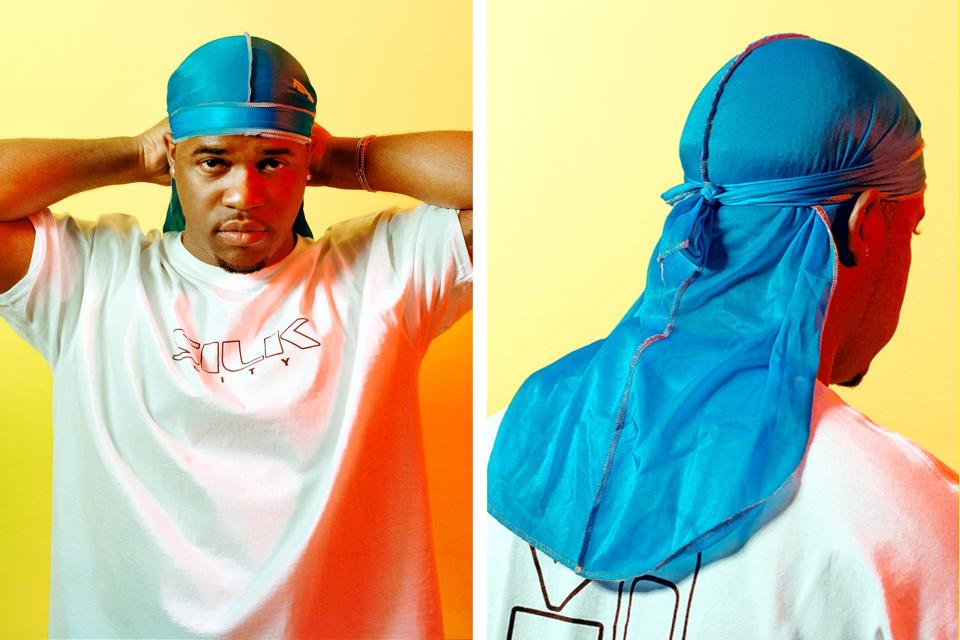How to Tie a Durag, According to A$AP Ferg
Right around the time people started leaving the house with socks and slippers on, people also started wearing their durags in public—mainly black artists and athletes. Durags originally served as a way for black men to protect and style their hair overnight. Guys wore durags to keep their hair from getting messed up while sleeping. Men with cornrows wore durags to prevent friction, frizz, and flyaways. And, most importantly, a durag can help create and maintain the waviest waves possible. (That's why you need to know how to tie a durag.)
As hip-hop culture rose in popularity, the genre’s entertainers began to influence the fashion scene. Rappers like Cam’ron and Nelly wore durags on the red carpet and in their music videos. 50 Cent notably donned a durag on the cover of 2003’s Get Rich or Die Trying. And Ja Rule basically wore them for the majority of his career (likely for fashion and not for function since we never saw a single wave on his head).
But the policing of black bodies and the censorship of black culture lead to the criminalization of the durag.
In 2001, NFL owners banned bandanas and durags. The NBA followed suit in 2005. And black men wearing them became seen as thugs and criminals. Even Eminem rocking them couldn’t prevent the durag from going out of style.
Fast forward to present day as NFL players are kneeling in protest of the unfair treatment of black bodies, and the durag’s popularity is on the rise again. Coincidence? Probably not. A$AP Ferg rocked one on the cover of 2017’s Still Striving and LeBron James was seen rocking one while bumping to Drake’s “God’s Plan” earlier this year.
But apart from the aesthetic and political value of the durag as a fashion object, there are real hair benefits to wearing one while you sleep. Keeping your hair covered with a durag at night stops oil from your hair from making it onto your face and your pillow, which prevents pore-clogging and breakouts. Sleeping with your hair unwrapped can also cause breakage—like when hairs get caught on the fabric of your pillowcase as you move around at night. Furthermore, the reason your hair breaks in the first place is because it’s thirstier than those thirst trap pics you scroll through on Instagram before bed. Dry hair is weak hair. Your pillow is also pulling moisture and oils from your hair while you toss and turn making it brittle. You can keep the moisture in and your follicles safe with a durag.
Watch the video above to get A$AP Ferg's expert advice on how to tie a durag. Or follow the steps below:
Step One: Turn the durag inside out so that the seam in the middle is sticking up on the outside of the durag. You don’t want a weird, seam imprint in your hair.
Step Two: Place the durag on your head like a hood where the flap hangs along your neck lying flat and the front sits comfortably just above your eyebrows.
Step Three: Take one string in each hand and tie them together at the back of your head tight enough so it won't fall off as you sleep, but not where it'll give you a headache.
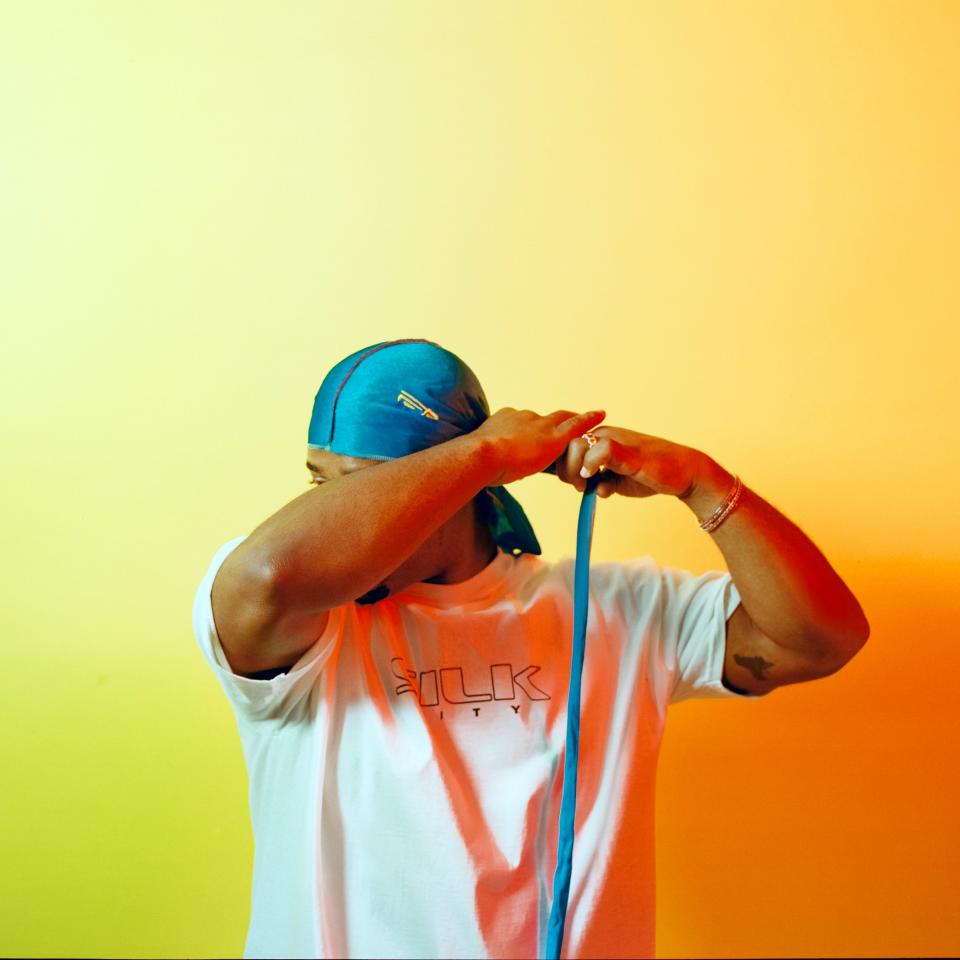
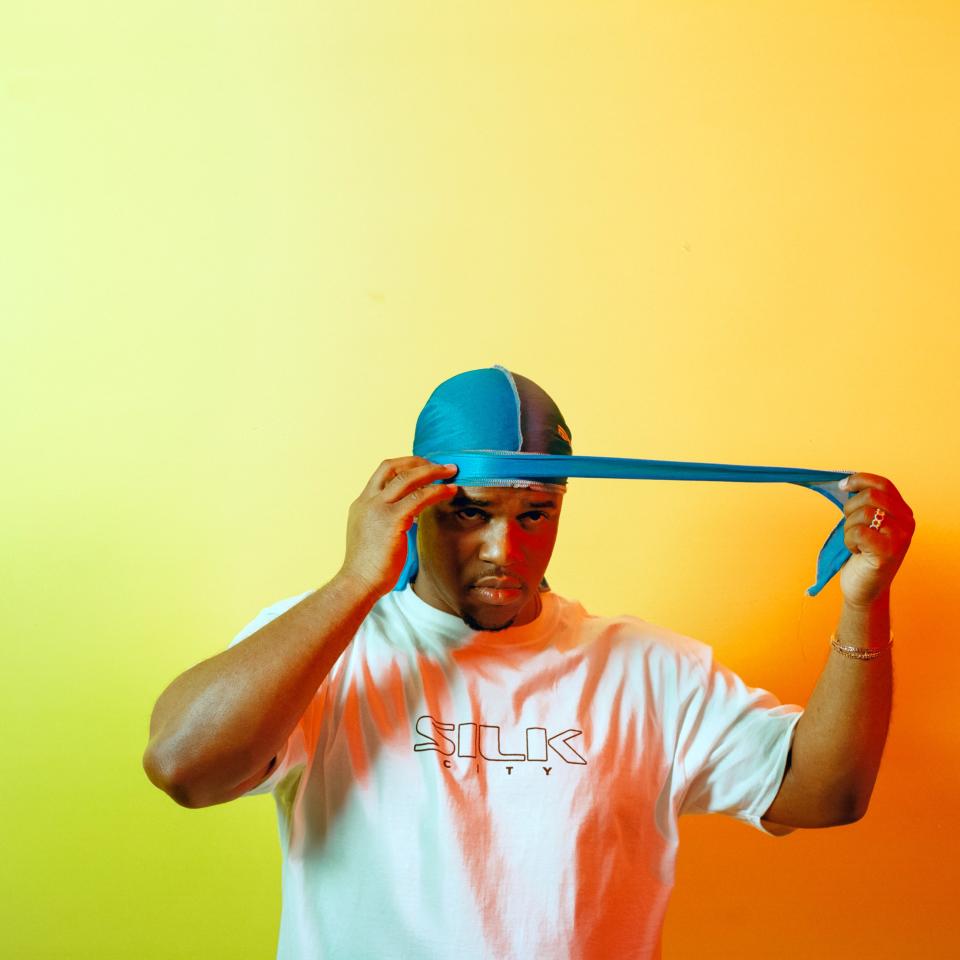
Step Four: Take one string in each hand and cross them at your forehead so they return to the back of your head on the opposite side. Make sure they lie flat.
Step Five: Tie the strings at the back of your head into a knot. Straighten the fabric so that's pulled tight. And remember: No polyester! Silk durags only.
